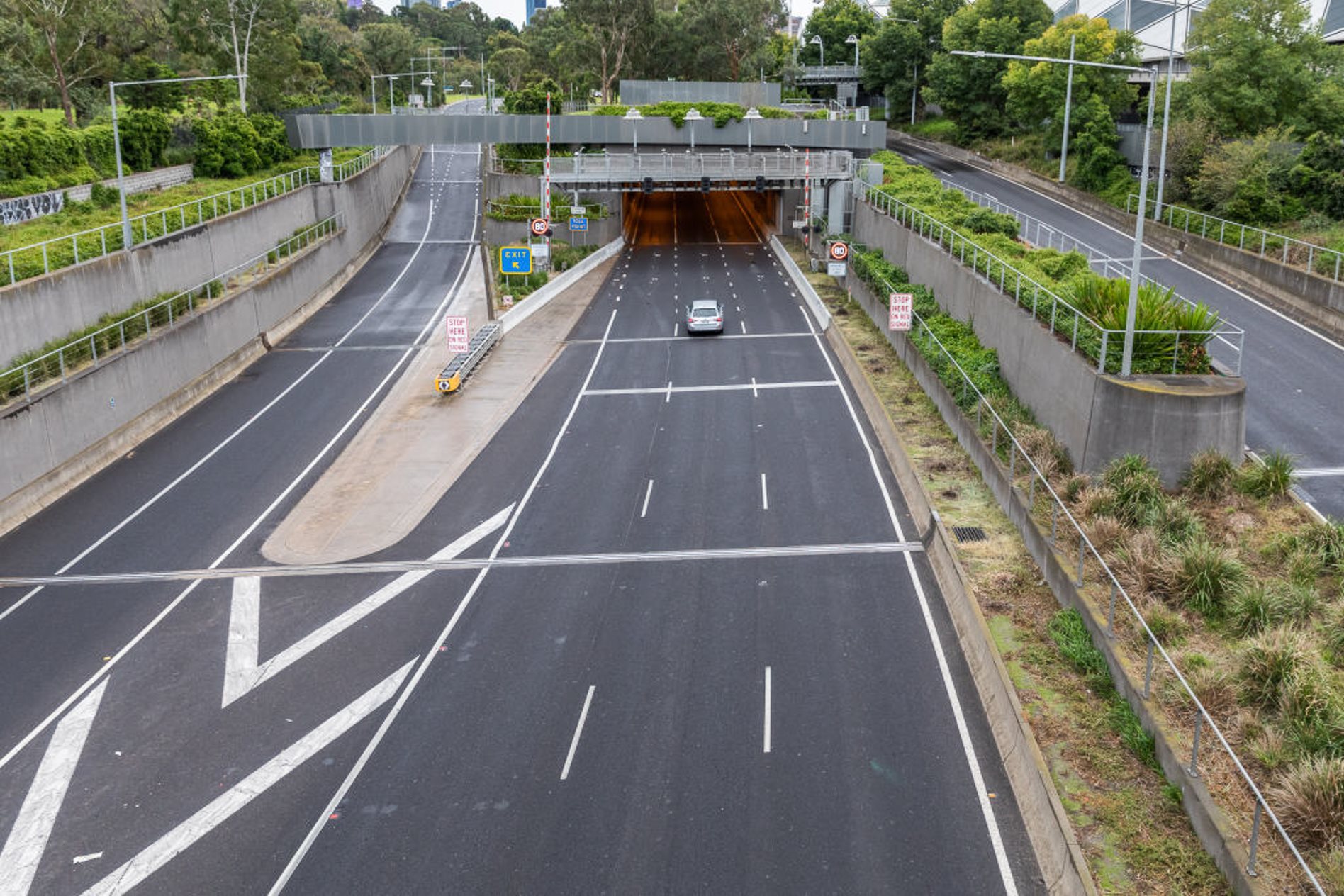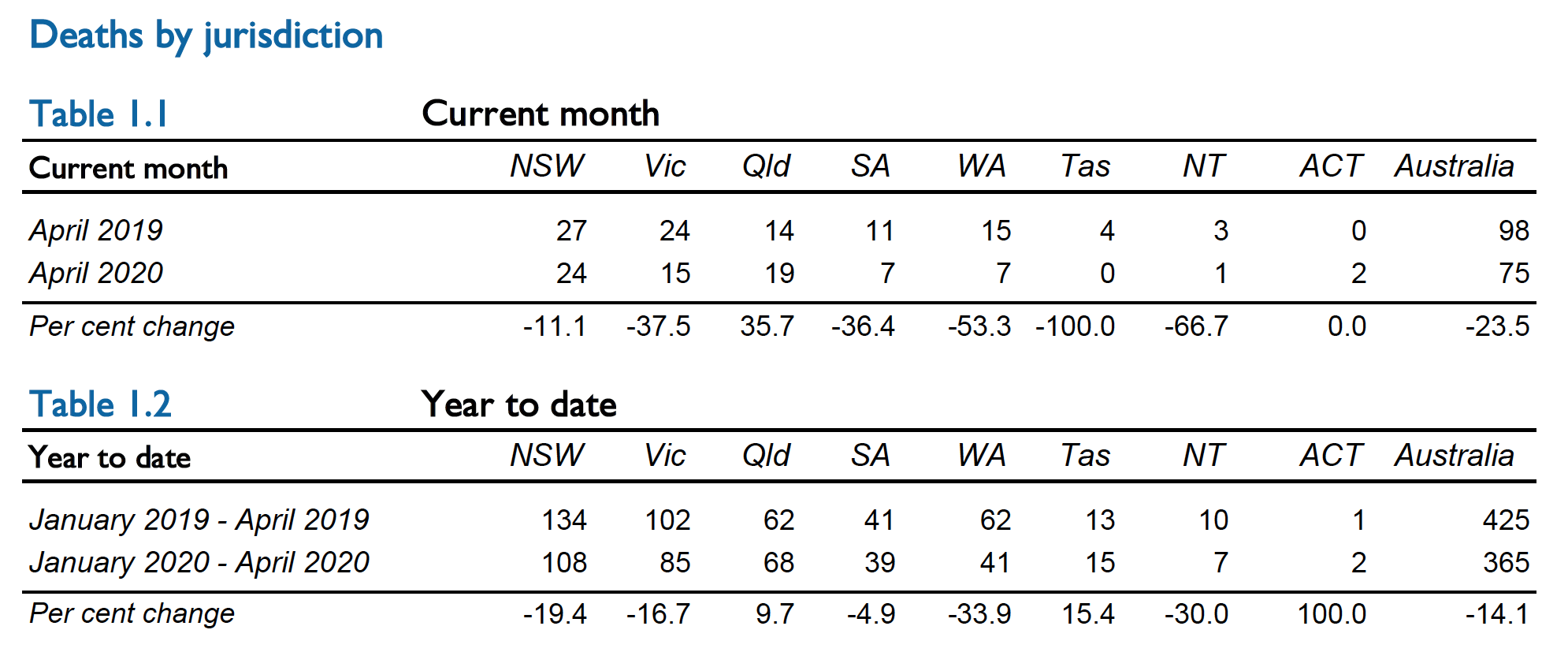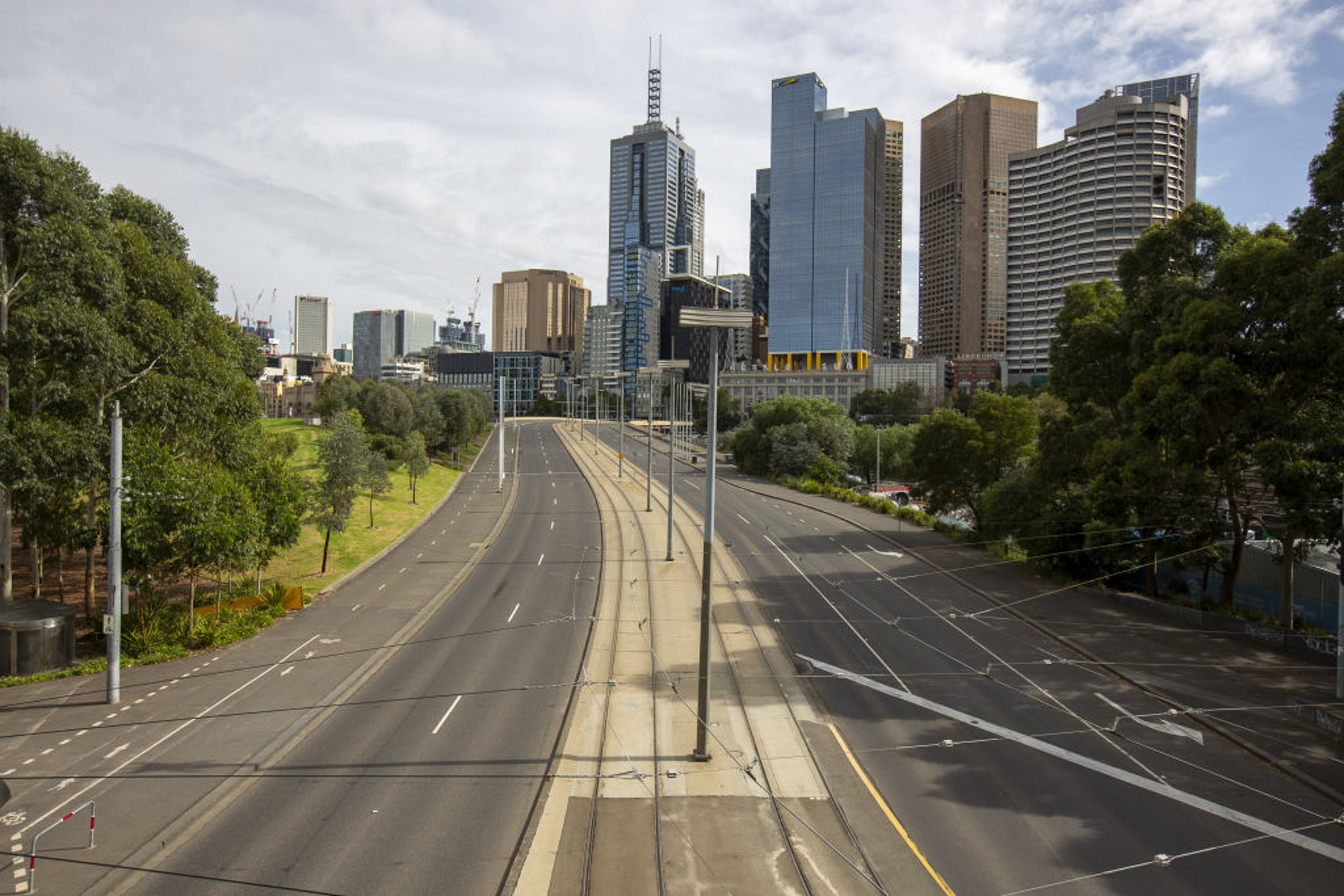
Eerily quiet streetscapes have become a feature of COVID-19 lockdowns across Australia as capital city peak-hour traffic drops by as much as 40 per cent.
According to the Australian Bureau of Infrastructure, Transport and Regional Economics, there was a significant decline in road deaths in Australia in April 2020, with the death toll falling to 75 nationally.
This is both a 25 per cent year-on-year decrease from April 2019 and a 25 per cent month-to-month reduction over March.
Tasmania recorded the laudable tally of zero road deaths in April (from four in March), while Victoria (15 deaths, nine fewer) and Queensland (19, down four) also helped to bring the road toll down.
South Australia (14 deaths, down seven) also recorded a decline despite having arguably the most lax lock-down regulations of any state or territory.

There were 100 road fatalities across Australia in March, which was 15 fewer than March 2019 and 5.1 percent lower than the March average over the previous five years.
This was mostly attributed to a 41.4 percent drop in NSW, which experienced 24 fatal accidents compared to 41 last March.
That’s a big drop, however, it’s worth noting the March 2019 state toll seems abnormally high, with March 2018 also recording 24 deaths.
Meanwhile, Victoria, which entered the lockdown phase at the same time as NSW during the middle of the month saw a 23.8 percent rise in fatalities in March with 26 deaths compared with 21 last year. That trend has continued into April.
South Australia had 14 deaths last month, up one from last year, while Queensland (23) and the Northern Territory’s (1) March toll remained the same. Tasmania and Western Australia each recorded two fewer deaths, while the ACT had another clean sheet.

The March national road toll doesn’t make good reading either when compared with February – before lockdowns were even considered here. There were 92 deaths across the country during the 29 days of February, averaging 3.17 per day, compared to 3.22 per day across the 31 days of March.
To be expected
Such figures aren’t actually surprising, according to Professor Max Cameron from Monash University Accident Research Centre, who told The Age less congested roads present an opportunity for higher speeds, meaning the accidents that do occur are likely to be more serious.
And then there’s alcohol, which has seen a spike in sales along with flour and toilet paper. The latter two are unlikely to have affected road fatalities.

“Fortunately people are not drink-driving as much, but of those who do, they’re probably driving intoxicated to a greater extent and that all contributes to an increase (in crash severity) as well,” Professor Cameron said.
But there are signs the dramatic changes to our lifestyles and movement could be attributed to the drop in road fatalities, when location is taken into consideration.
Looking at the NSW statistics, there were just four fatal accidents in the Sydney metropolitan area in March, down from 11 last year. And, with few drivers authorised to go on long trips, the number of fatal accidents on country arterial roads dropped from 17 to 10 with none of these occurring on the major highways such as the Hume, Pacific, Princes or New England.
But in country urban areas, where the impact of the lockdown wasn’t as dramatic on local traffic and movement, road deaths went up from six to eight.



